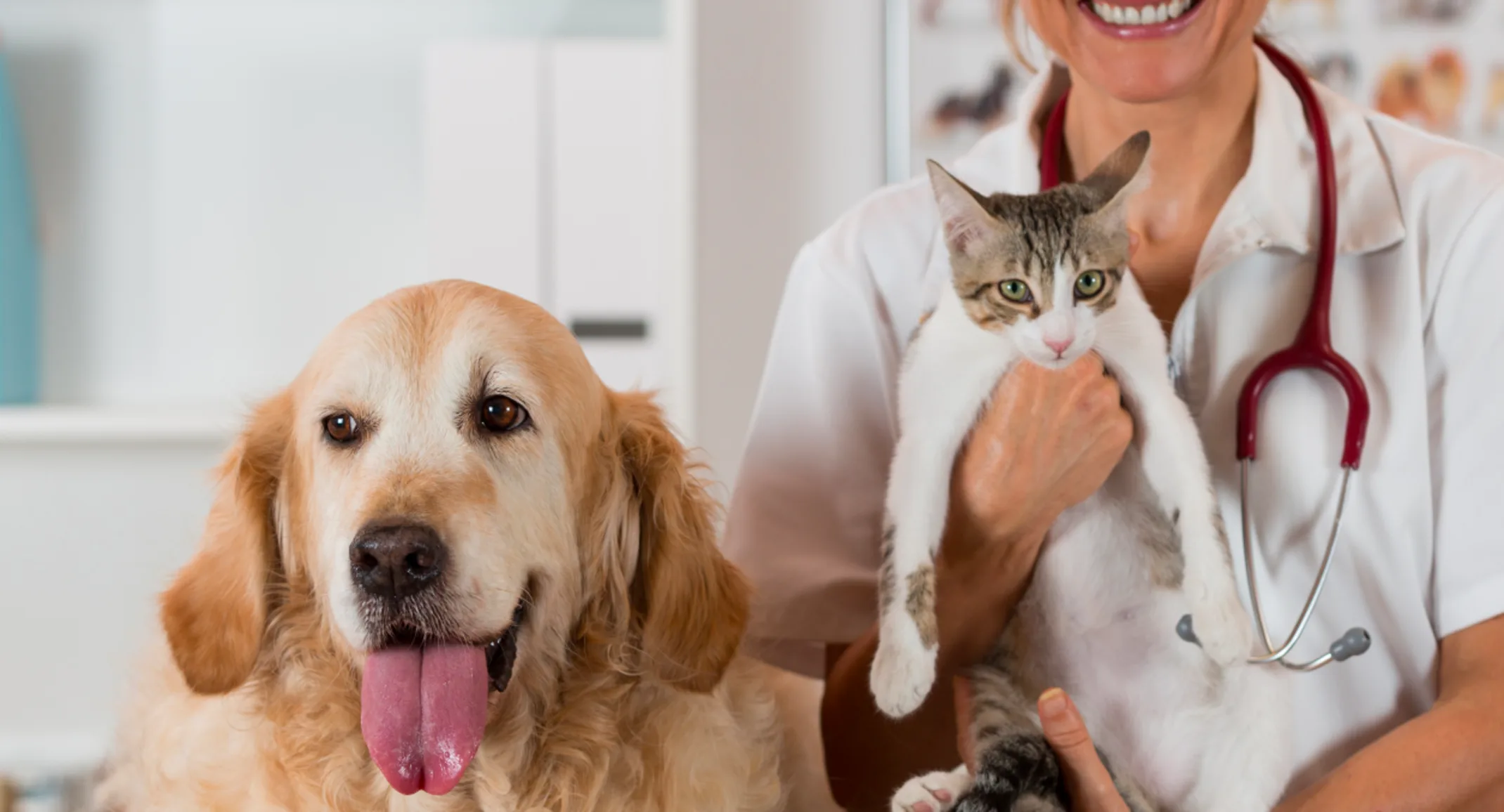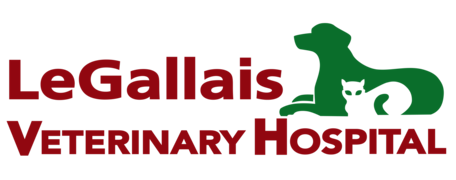Senior Pets: When “Slowing Down” is More Serious
June 2022

As our pets enter their “golden years” we often presume they will start “slowing down”, with longer naps and shorter play sessions. While some of these changes are normal and expected, others could be warning signs that something is medically wrong.
Aging itself is not a disease, but older pets are more likely to develop health problems that can darken those senior years. Oftentimes, it’s hard to notice these warning signs because they develop slowly over time. That’s why it’s so important for pet owners to know what to watch for and to have their senior pets examined by a veterinarian at least twice a year. In general, cats and small breed dogs are considered senior at 11 years of age, medium dogs at nine years of age, and large and giant breed dogs as early as six years of age. However, the actual senior age for any individual cat or dog is also influenced by their breed, genetics, and medical history.
Here are some health-related warning signs that might not be normal in the aging process:
Increased drinking/urination (Are you filling the water dish more often?)
Increased/decreased appetite (Is your pet begging for food or leaving most of it behind?)
Reduced mobility (Is your pet reluctant to climb the stairs or jump on the couch?)
Exercise intolerance (Does your pet tire more easily during activity or have trouble recuperating afterward? Does your dog spend more time behind you when walking on a leash?)
New or changing lumps and bumps (Have you felt a new lump or noticed an existing one has changed size, shape, or color?)
Bad breath (Are YOU reluctant to give your pet kisses because of the smell?)
Behavioral changes (Does your pet vocalize more often, spend more time alone, or seem more anxious or restless than usual?)
These warning signs will tell your veterinarian a lot about your senior pet’s health, but it can be difficult to answer them on the spot if you haven’t thought about them ahead of time, especially when some of these changes may be slow to appear. A good way to stay on top of your pet’s aging process is to keep a monthly journal to capture “snapshots” of your pet’s health over time. Track your pet’s food and water consumption, potty breaks, activity level, lump measurements/descriptions, etc. Bring your journal to your pet’s next veterinary exam so you’re well-prepared for the questions. Or, even better, if you notice a negative trend in your pet, set up a consultation with your veterinarian to specifically address any new concerns. This information will help your veterinarian detect concerning changes earlier and develop a diagnostic and treatment plan for your pet.
Pets are good at hiding pain and signs of disease. If you notice any of these warning signs coming on suddenly, schedule a veterinary visit as soon as possible. Finding and treating problems early can help your senior pet enjoy many more golden years to come!
LifeLearn News
Note: This article, written by LifeLearn Animal Health (LifeLearn Inc.) is licensed to this practice for the personal use of our clients. Any copying, printing or further distribution is prohibited without the express written permission of Lifelearn. Please note that the news information presented here is NOT a substitute for a proper consultation and/or clinical examination of your pet by a veterinarian.
